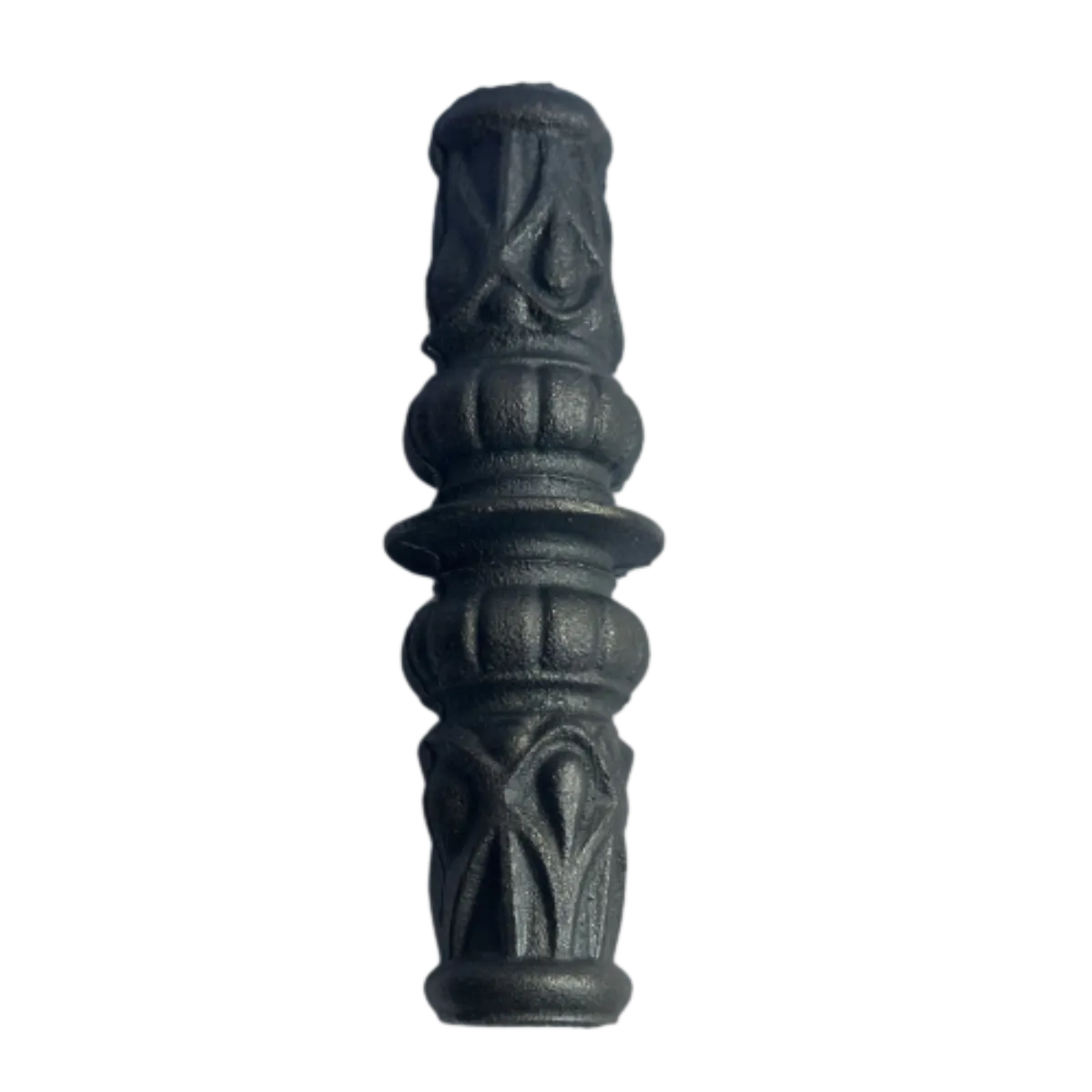Decorative Wrought Iron Design Ideas for Stylish Interiors and Exteriors
The Timeless Elegance of Ornamental Wrought Iron
Ornamental wrought iron has been a prominent feature in architecture and design for centuries, embodying both beauty and strength. Its intricate designs and durable nature make it a favorite choice for a variety of applications, from gates and railings to furniture and decorative elements. This article will explore the history, characteristics, and modern applications of ornamental wrought iron, highlighting its enduring appeal in contemporary design.
A Rich Historical Background
The art of wrought iron dates back to ancient civilizations, with evidence of its use found in the artifacts of the Egyptians, Greeks, and Romans. However, the true rise of ornamental wrought iron began during the Middle Ages, particularly with the advent of the Gothic architectural style. Blacksmiths, skilled in manipulating iron, produced elaborate works that adorned cathedrals, castles, and public buildings. These craftsmen used techniques that allowed them to create intricate patterns and shapes that were both functional and visually striking.
During the Renaissance, the demand for ornamental wrought iron surged. The ornate gates, balconies, and window grilles became symbols of wealth and prestige. These elements often showcased floral motifs, geometric patterns, and even mythological figures, reflecting the artistic sensibilities of the time. Over the centuries, the techniques for working with wrought iron evolved, leading to the creation of even more detailed and intricate designs.
Characteristics of Ornamental Wrought Iron
One of the defining features of ornamental wrought iron is its malleability. Unlike cast iron, which is brittle and less adaptable, wrought iron can be heated and shaped into complex forms without breaking. This characteristic allows artisans to create elaborate designs that incorporate curves, twists, and delicate details. The material is also renowned for its longevity and durability, resisting rust and corrosion when properly maintained.
Moreover, the aesthetic appeal of wrought iron is unparalleled. The handcrafted nature of ornamental pieces imbues them with a unique character. Each item is a testament to the skill and artistry of the blacksmith, making wrought iron not just a utilitarian material but a form of artistic expression.
ornamental wrought iron

Modern Applications in Design
In contemporary design, ornamental wrought iron continues to thrive. It is commonly used in residential and commercial architecture, adding a touch of elegance to outdoor spaces. Wrought iron gates and fences provide a secure boundary while enhancing the aesthetic appeal of properties. Similarly, balconies and railings, often seen in urban environments, feature intricate wrought iron designs that complement the overall architectural style.
Apart from structural elements, ornamental wrought iron is increasingly making its way into interior design. Artistic pieces such as candle holders, wall sconces, and furniture incorporate wrought iron elements, adding a rustic charm to modern spaces. The contrast of wrought iron against wood or glass creates an appealing visual dynamic, bridging the gap between traditional craftsmanship and contemporary aesthetics.
The Future of Ornamental Wrought Iron
As sustainability becomes a significant focus in design and construction, wrought iron is gaining recognition for its longevity and recyclability. Unlike many modern materials that have a limited lifespan, wrought iron can last for generations when maintained properly. This durability not only makes it a practical choice but also an environmentally friendly one.
Moreover, the rise of technology has opened new avenues for the creation of ornamental wrought iron. CNC machines and plasma cutters allow artisans to create precise designs with incredible detail, reaching new heights of creativity. This fusion of traditional craftsmanship with modern technology promises to keep ornamental wrought iron relevant and exciting in the years to come.
Conclusion
Ornamental wrought iron is more than just a material; it is a heritage of artistry and craftsmanship that continues to resonate in modern design. From its rich history to its current applications, wrought iron remains a symbol of elegance and durability. As we move forward, the challenge will be to preserve its traditional essence while embracing innovation, ensuring that this timeless art form continues to enrich our environments for generations to come.
-
Wrought Iron Components: Timeless Elegance and Structural StrengthNewsJul.28,2025
-
Window Hardware Essentials: Rollers, Handles, and Locking SolutionsNewsJul.28,2025
-
Small Agricultural Processing Machines: Corn Threshers, Cassava Chippers, Grain Peelers & Chaff CuttersNewsJul.28,2025
-
Sliding Rollers: Smooth, Silent, and Built to LastNewsJul.28,2025
-
Cast Iron Stoves: Timeless Heating with Modern EfficiencyNewsJul.28,2025
-
Cast Iron Pipe and Fitting: Durable, Fire-Resistant Solutions for Plumbing and DrainageNewsJul.28,2025
-
 Wrought Iron Components: Timeless Elegance and Structural StrengthJul-28-2025Wrought Iron Components: Timeless Elegance and Structural Strength
Wrought Iron Components: Timeless Elegance and Structural StrengthJul-28-2025Wrought Iron Components: Timeless Elegance and Structural Strength -
 Window Hardware Essentials: Rollers, Handles, and Locking SolutionsJul-28-2025Window Hardware Essentials: Rollers, Handles, and Locking Solutions
Window Hardware Essentials: Rollers, Handles, and Locking SolutionsJul-28-2025Window Hardware Essentials: Rollers, Handles, and Locking Solutions -
 Small Agricultural Processing Machines: Corn Threshers, Cassava Chippers, Grain Peelers & Chaff CuttersJul-28-2025Small Agricultural Processing Machines: Corn Threshers, Cassava Chippers, Grain Peelers & Chaff Cutters
Small Agricultural Processing Machines: Corn Threshers, Cassava Chippers, Grain Peelers & Chaff CuttersJul-28-2025Small Agricultural Processing Machines: Corn Threshers, Cassava Chippers, Grain Peelers & Chaff Cutters












